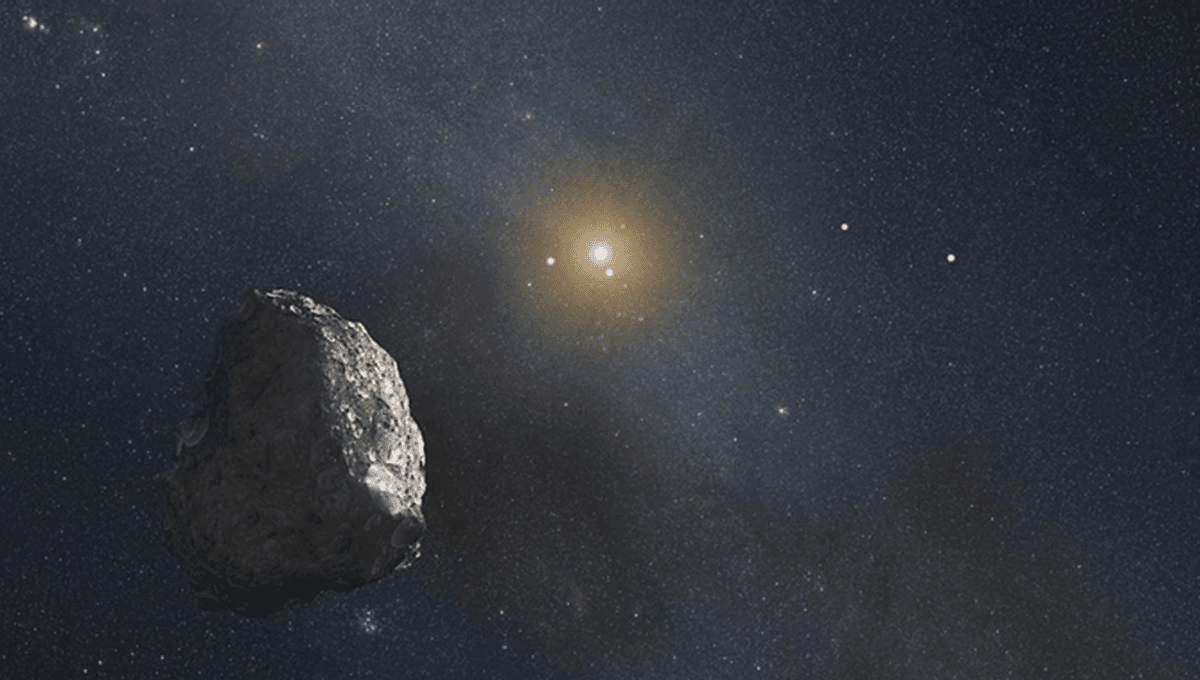
Many attempts have been made to find the so-called “Planet Nine”, but all have – so far – been fruitless. In a new paper, a team claims to have their own explanation: our theory of gravity is wrong.
For a few decades, astronomers have been puzzled by an apparent clustering of objects, way out in the Kuiper Belt. Looking at the clustering of objects, astrophysicists have suggested that they are being “shepherded” by the gravitational influence of a large unknown planet far beyond the orbit of Neptune.
The team of theoretical physicists behind the new paper are interested in Modified Newtonian Dynamics (MOND). Galaxies rotate in an odd fashion, as is their right. Our best explanation for the rotation, which would be easily explained if there was matter inside of them that we cannot see, is that there is in fact matter inside galaxies that we can’t see; dark matter, which is estimated to outweigh matter by five to one. In MOND, the odd rotation of galaxies is explained by modifications to gravity experienced by objects with very low acceleration, like those at the edge of galaxies. When gravitational acceleration is tiny enough, different gravitational behavior takes place.
Dark matter remains the explanation favored by the majority of physicists, having the advantage that it allows scientists to make predictions about the universe and objects within it, which MOND has not yet been able to do.
In the new study, the team wanted to see if evidence for MOND could be seen in the Solar System itself, searching for the influence of the Milky Way on objects in the Kuiper Belt.
“We wanted to see if the data that support the Planet Nine hypothesis would effectively rule out MOND,” Katherine Brown, an associate professor of physics at Hamilton College, said in a press release.
According to the team, if MOND is correct, over millions of years, objects in the outer solar system would align with the Milky Way’s gravitational field. Though they wish to study further objects as the current sample is small, they say that plotting the Kuiper Belt objects (KBO) locations against the Milky Way’s gravitational field showed a “striking” alignment.
It’s a big claim, which (as the team writes) requires more evidence. Finding Planet Nine, for example, would be a smaller deal as it doesn’t require modifications to Newtonian gravity. As such, it’s worth bearing in mind that dark matter has its own advantages, and that there are other explanations for how these objects move in the Kuiper Belt. There are even suggestions that it could even be the result of statistical anomaly and selection bias.
Research carried out by Kevin Napier of the University of Michigan looked at other objects past the orbit of Neptune. If the six objects are evidence of bunching caused by a hidden planet, this would mean that their orbit differs from the orbits of other objects in the same region. The team did not find evidence to support that this was the case and suggested the evidence for Planet Nine was, in fact, selection bias.
“Historically, claimed gravitational anomalies in the solar system have almost invariably proven to be spurious under closer examination,” the team concluded in their new paper. “But they have also led to the discovery of Neptune and helped establish general relativity. It is possible that the Kuiper Belt anomalies are evidence of Planet Nine, or that they are spurious; alternatively, they may be evidence for a modification of Newtonian gravity.”
The paper is published in The Astronomical Journal.
Source Link: Strange Movements Of Objects Beyond Neptune The Result Of Alternative Gravity, Astrophysicists Suggest